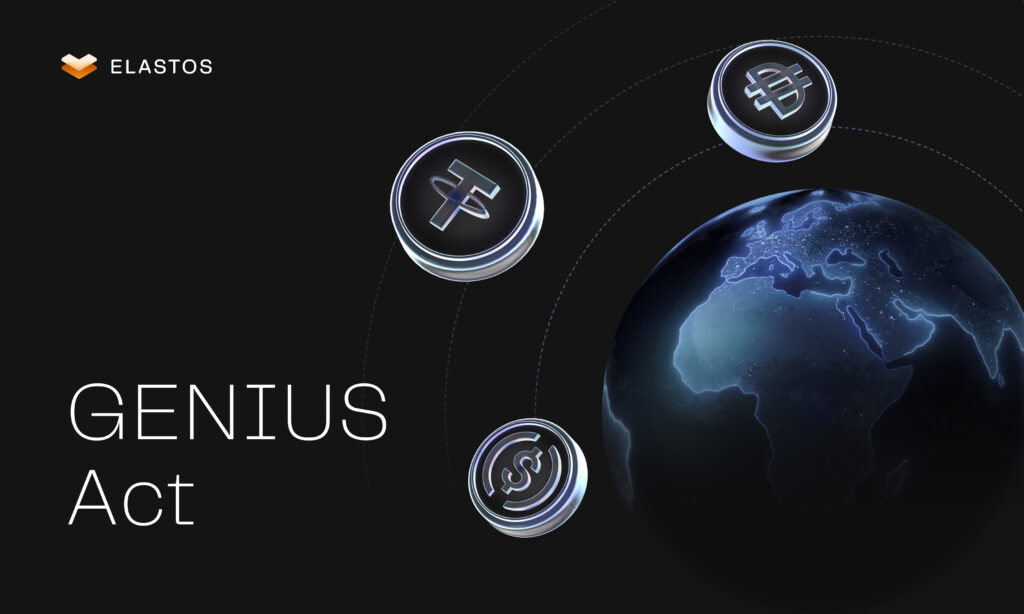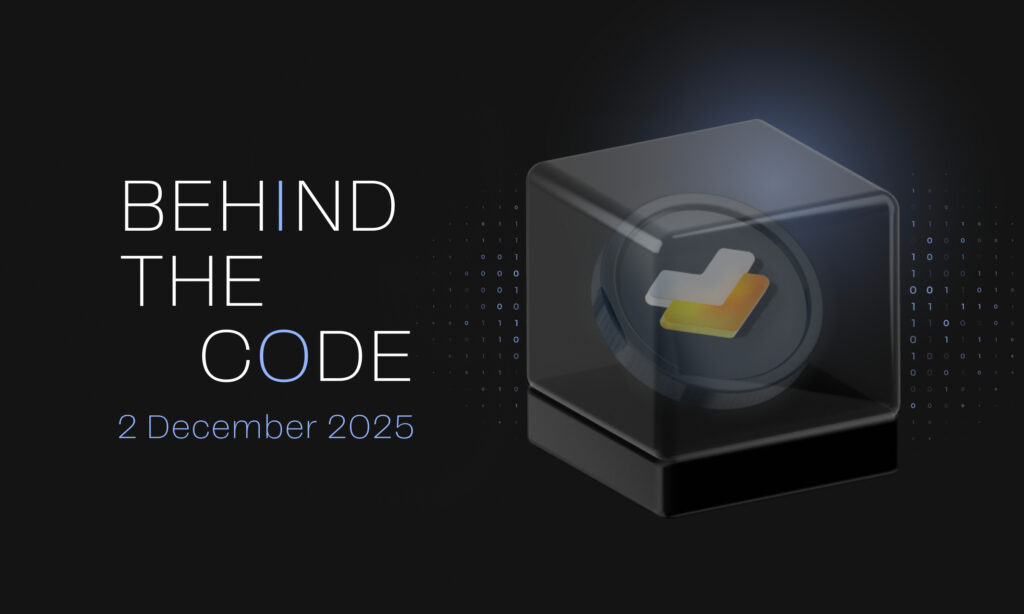Decentralized Finance (DeFi) has been steadily building momentum while awaiting broader adoption worldwide, particularly in the United States. At the heart of this ecosystem are stablecoins, which are U.S. dollar-backed digital currencies that have long been recognized as the foundational infrastructure for DeFi’s future growth.
Now, the U.S. Senate has advanced the “GENIUS Act,” landmark federal legislation that could open the floodgates for stablecoin acceptance throughout the American economy. This proposed framework represents a pivotal moment for stablecoin regulation, promising to establish clear licensing and supervisory requirements that would create defined pathways for digital dollar adoption.
While Congress focuses on traditional dollar-backed stablecoins, innovative projects like New Bretton Woods Labs are developing revolutionary Bitcoin-backed alternatives on platforms such as Elastos, which could further reshape the decentralized finance landscape as regulatory clarity emerges.
Understanding the GENIUS Act Framework
The GENIUS Act establishes a dual regulatory system where both federal and state authorities can oversee stablecoin issuers. Federal regulators like the OCC and Federal Reserve would supervise bank-issued stablecoins, while state regulators could authorize non-bank issuers. This creates multiple pathways for companies to enter the stablecoin market legally.
Under this framework, stablecoin issuers must back their tokens with high-quality liquid assets, primarily government securities and cash. The legislation requires daily public reporting of reserves and prohibits issuers from investing customer funds in risky assets. These safeguards aim to prevent the collapse scenarios that have plagued some algorithmic stablecoins such as Terra Luna.
Market Impact on Commerce and Payments
The GENIUS Act’s passage would likely accelerate stablecoin adoption across traditional commerce. Retailers could accept stablecoin payments with confidence, knowing issuers operate under established regulatory oversight. This regulatory clarity removes much of the compliance uncertainty that has prevented mainstream businesses from accepting digital currencies.
Credit card companies face potential disruption as stablecoins offer faster settlement times and lower transaction fees. While credit cards charge merchants 1.5-3% per transaction, stablecoin transfers can cost fractions of a penny. This cost advantage becomes particularly compelling for international transactions, where traditional payment rails charge premium fees.
Small businesses stand to benefit significantly from reduced payment processing costs. A restaurant processing $10,000 monthly could save $200-300 in credit card fees by accepting stablecoins instead. These savings could translate into lower prices for consumers or higher margins for businesses.
New Bretton Woods Labs: Bitcoin-Backed Innovation
While the GENIUS Act focuses on traditional dollar-backed stablecoins, New Bretton Woods Labs is developing a fundamentally different approach through their Native Bitcoin Stablecoin Built on the Bitcoin-Elastos Layer 2 BeL2 protocol, this system uses Bitcoin as collateral rather than government securities.
The Harvard-affiliated team chose Bitcoin collateralization for several strategic reasons. Bitcoin’s 15-year track record provides proven durability compared to newer cryptocurrencies. Its decentralized nature means no single government or institution controls the underlying asset, reducing counterparty risk that exists with traditional bank deposits.
Value Proposition of Bitcoin-Backed Stablecoins
Traditional stablecoins face inherent risks tied to their dollar backing. Government securities, while stable, remain subject to monetary policy changes and potential default scenarios. Bitcoin-backed stablecoins offer an alternative that maintains purchasing power independent of any single nation’s economic policies.
The system allows Bitcoin holders to unlock liquidity without selling their assets. Someone holding $100,000 in Bitcoin could mint $60,000 worth of stable tokens while keeping their Bitcoin exposure. This creates opportunities for Bitcoin investors to access spending power during bull markets without triggering taxable sales events.
Zero-Knowledge Proofs ensure privacy in the collateralization process, while decentralized Arbitrator nodes handle disputes and time-based operations. This technical architecture maintains Bitcoin’s security model while enabling smart contract functionality through the Elastos Layer 2.
Addressing Inflation Concerns
Bitcoin-backed stablecoins provide protection against currency debasement that traditional dollar-backed versions cannot offer. While dollar-backed stablecoins maintain stability against the dollar, they inherit the dollar’s inflation risk. Bitcoin’s fixed supply cap creates a fundamentally different risk profile.
Historical data shows Bitcoin has outpaced dollar inflation over extended periods, despite short-term volatility. A stablecoin backed by Bitcoin could theoretically maintain purchasing power better than dollar-backed alternatives during periods of significant monetary expansion.
Future of Decentralized Finance
The combination of regulatory clarity from the GENIUS Act and technical innovation from projects like New Bretton Woods Labs could create a robust stablecoin ecosystem. Traditional finance institutions might issue regulated dollar-backed stablecoins for mainstream commerce, while Bitcoin-backed alternatives serve users seeking independence from traditional monetary systems.
This parallel development could provide Americans with genuine choice in their digital currency adoption. Risk-averse users might prefer regulated, dollar-backed options, while those concerned about long-term dollar stability could choose Bitcoin-backed alternatives.
The merge-mining aspect of the Elastos network, which secures approximately 44.58% of Bitcoin’s global hashrate through major pools like Antpool and Binance, provides additional security guarantees for the system. This existing infrastructure reduces the technical risk associated with launching new blockchain networks.
As both regulatory frameworks and technical solutions mature, stablecoins appear positioned to become a standard part of American commerce, offering consumers and businesses new tools for payments, savings, and financial planning in an increasingly digital economy.








